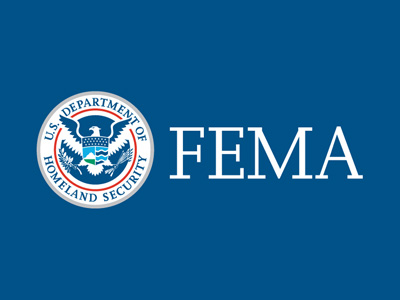You are here
The mission of the Resilience Education working group is to study resilience education needs and implement resilience education programs in the Rockaways and more broadly in New York. The Resilience Education working group is starting with the provision of a centralized online location for archiving education documents and video based on health, safety and mold remediation for training best practices to contractors, volunteers, building owners, and residents, who will be operating in post-Sandy effected areas of New York.
Federal, state and city financial updates, notices and rebates related to health, safety and mold remediation will be posted on a regular basis and translated into essential communications in print and electronic form for the populations at risk.
Energy-related and other utility updates, notices and rebates will also be posted on a regular basis.
Add Content to this group
Members
| Albert Gomez | bevcorwin | Kathy Gilbeaux | tkm |






Recent Comments